Posts
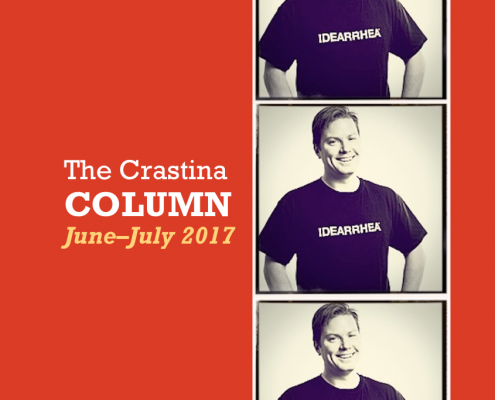
Crastina Column, June–Aug 2017: “Being a proud intermediary” by Fredrik Saarkoppel
“I’m specialised in understanding three things: firstly the subject itself, and secondly the perspectives of the two groups that I serve, i.e. senders and receivers.” So says Fredrik Saarkoppel, Swedish freelance illustrator with many…

Masters of illustration 1: Haeckel and “The Arts Forms of Nature”
Visual arts and science may have very little in common, but when the two connect, a new form of both may be created. One of the most stunning examples of this are the illustrations of Ernst Haeckel, German naturalist.
This is the first in…
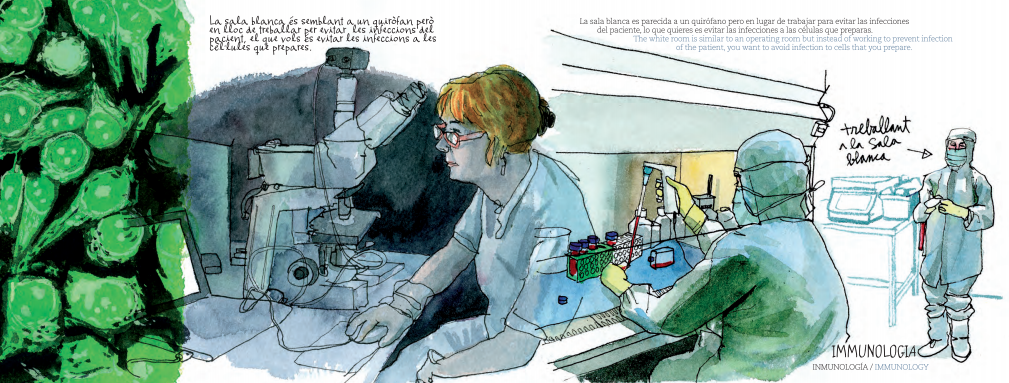
Amanda Montañez: “Cajal is an icon in the field of scientific drawing”
The Nobel Prize winner Santiago Ramón y Cajal is often mentioned as a researcher who used his drawing skills extensively to make scientific progress. Medical illustrator Amanda Montañez describes why.
In a blog post at Scientific American,…
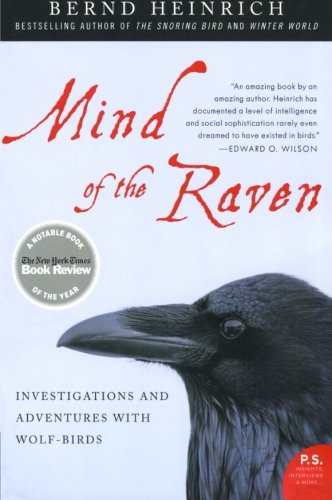
Bernd Heinrich, scientist and artist: “Our perceptions change with closer observation”
Interview with Bernd Heinrich, professor emeritus from the University of Vermont about the use of sketching and drawing as tools of science. Professor Heinrich is the author of bestselling, illustrated books in which he shares his reflections and observations about nature.
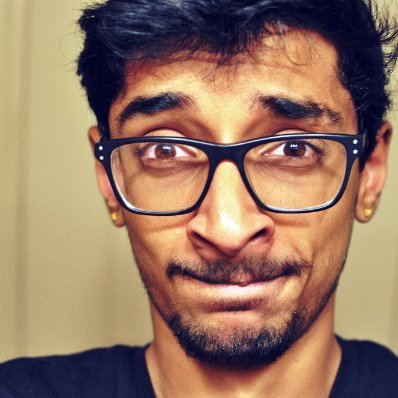
Vip Sitaraman, Draw Science founder: “ There is widespread disenchantment with the current mode of science publishing”
Vip Sitaraman, bio student from University of Arizona, has stirred up some attention with his project Draw Science – the world’s first open access journal entirely based on visual explanations.
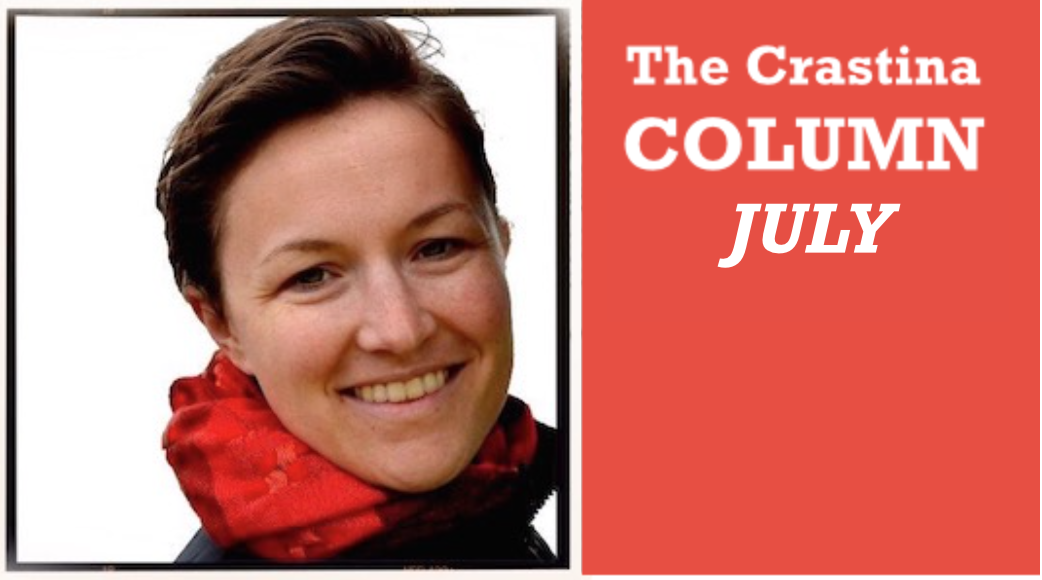
Why scientists (even nonartists) should draw (Bethann G. Merkle, July 2015)
Drawing is not an archaic skill; it is an essential part of the modern scientist's toolkit. Science communicator/illustrator Bethann Garramon Merkle explains why.

Scientific Sketching—amazing artwork in the bio labs of IDIBAPS, Barcelona
An urban life drawing event in Barcelona inspired the staff at IDIBAPS, a center dedicated to research in the field of biomedicine. In the fall of 2014, the doors to the labs were opened for drawing artists—with stunning results.

